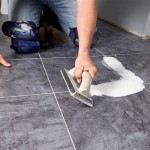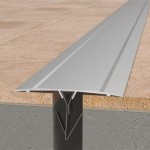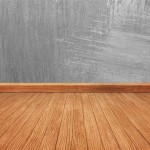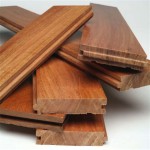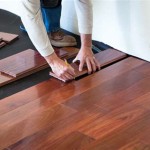Essential Considerations for Using Pressure-Treated Plywood as Subflooring
When constructing a durable and long-lasting subfloor, pressure-treated plywood emerges as a viable option. However, adopting it requires careful consideration of several key aspects to ensure a successful installation.
Compatibility with Flooring Types
Pressure-treated plywood is not suitable for all flooring types. It should not be used beneath carpets or floating floors as it can release chemicals that may damage them. It is best suited for flooring materials like vinyl, tile, or laminate flooring.
Moisture Resistance
The primary advantage of pressure-treated plywood lies in its resistance to moisture and decay. This makes it an ideal choice for areas prone to moisture, such as basements, bathrooms, and mudrooms. However, it is crucial to note that pressure treatment does not make plywood waterproof. Proper waterproofing measures must still be implemented to prevent water damage.
Thickness and Span Ratings
The thickness of pressure-treated plywood used for subflooring typically ranges from 3/4 inch to 1-1/8 inch. The thickness required depends on the span between the floor joists. Plywood with a higher thickness rating can withstand greater spans, reducing the need for additional support. Consult building codes and manufacturer recommendations for specific span requirements.
Grading and Appearance
Pressure-treated plywood is available in various grades, each with its own intended use and appearance. For subflooring applications, Exterior grade plywood (Exposure 1) is recommended. It offers superior durability and resistance to moisture and decay. Exterior grade plywood may have a rougher appearance than other grades due to its chemical treatment.
Installation and Precautions
Installing pressure-treated plywood as a subfloor requires proper techniques and safety precautions. Always wear protective clothing, including gloves and a dust mask, when handling pressure-treated lumber. Use galvanized or stainless steel nails or screws to prevent corrosion. Ensure adequate ventilation during installation and allow ample time for the plywood to dry before installing flooring.
Environmental Considerations
Pressure-treated plywood contains chemical preservatives that protect it from decay. While these chemicals enhance its durability, they can pose environmental concerns if not disposed of properly. Check local regulations for proper disposal methods of pressure-treated lumber.
Cost Considerations
Pressure-treated plywood is generally more expensive than untreated plywood, although the cost can vary depending on the grade, thickness, and quantity required. However, its durability and moisture resistance can often offset the higher initial cost by extending the lifespan of the subfloor and preventing costly repairs.
Conclusion
Using pressure-treated plywood for subflooring can provide a durable and moisture-resistant base for various flooring materials. By considering the factors outlined above, homeowners and contractors can make informed decisions about suitability, installation, and environmental impact. Proper installation and maintenance will ensure a long-lasting and reliable subfloor that contributes to the overall integrity of the structure.
Prowood 3 4 In X Ft 8 Tongue Groove Underlayment Pressure Treated Plywood 376213 The Home
Pressure Treated Plywood Rated Sheathing Common 15 32 In X 4 Ft 8 Actual 451 48 96 264327 The Home
Is Pressure Treated Wood Right For You
Prowood 3 4 In X Ft 8 Ground Contact Pressure Treated Pine Performance Rated Sheathing Plywood 106128 The Home
Plytanium 23 32 In X 4 Ft 8 Pine Plywood Subfloor The Sheathing Department At Com
Installing Wood Subfloors Over Concrete Hardwood Floors
Pressure Treated Lumber Raised Floor Living Pro
3 4x4x8 Cdx Pressure Treated Pt Plywood Sq Edge Hflcd34pt Hills Flat Lumber
Handprint 3 4 In X 2 Ft Pressure Treated Plywood Project Panel 205960 The Home
Severe Weather 3 4 In X 2 Ft Pressure Treated Pine Plywood Sheathing The Department At Com
See Also
